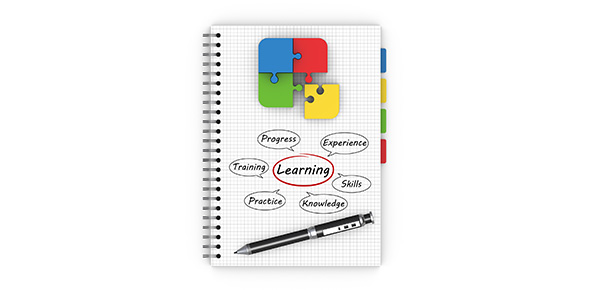Related Flashcards
Related Topics
Cards In This Set
| Front | Back |
|
Cement is made by....
|
Limestone and clay (powdered)
|
|
Concrete is made by...
|
Cement, water, sand and crushed rock.
|
|
Carbonates react with acids to form...
|
A salt, water and carbon dioxide.
|
|
A test for the presence of carbon dioxide is to...
|
Bubble in limewater- it turns the solution cloudy
|
|
Magnesium carbonate when heated makes...
|
Magnesium oxide and carbon dioxide.
|
|
The first two steps of the limestone cycle are...
|
Calcium carbonate (limestone) is heated to make calcium oxide (quicklime) giving off CO2. Water is then added to create calcium hydroxide-slaked lime.
|
|
The last two steps of the limestone cycle are...
|
More water is added to the Calcium hydroxide to make Calcium hydroxide Sn. (limewater) and then CO2 is added to make limestone.
|
|
Calcium hydroxide is a alkaline...
|
So it can be used to neutralise acids.
|
|
Three issues with limestone are that...
|
The process of 'blasting' scares off wildlife & disturbs locals, cement making release CO2 (5% worldwide) and quarrying forms holes.
|
|
Concrete is...
|
The most widely used building material.
|
|
Crude oils are...
|
A mixture of hydrocarbons.
|
|
Fractional distillation is...
|
The process in which hydrocarbons are separated into fractions.
|
|
The general formula for alkanes is...
|
CnH2n+2
|
|
Alkanes are saturated hydrocarbons because...
|
They do not contain a double bond.
|
|
Longer-chained hydrocarbons are...
|
Less volatile, are more viscous, are less flammable and have a higher boiling point.
|






